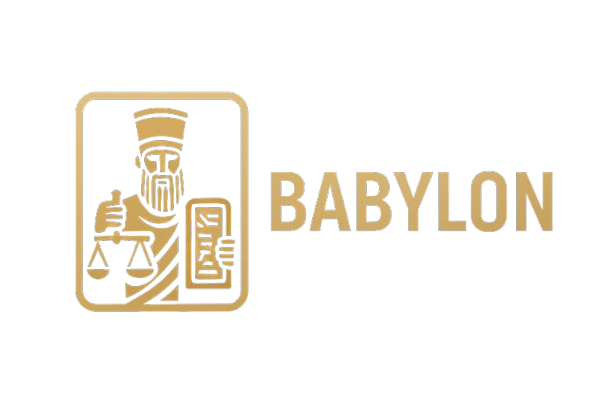Persian, Greek & Later Rule (539 BCE–100 CE)
After the fall of the Neo-Babylonian Empire, Babylon remained culturally important but politically subordinate.
Achaemenid Persian Empire (539–331 BCE)
Ruled by kings like Cyrus, Darius, and Xerxes.
Babylon remained a major administrative and scientific center.
Hellenistic Period (331–141 BCE)
Alexander the Great captured Babylon and planned to make it his capital.
After his death, the Seleucid Empire controlled the region.
Greek and Babylonian cultures mixed.
Parthian Period (141 BCE–100 CE)
Babylon declined slowly as cities like Seleucia and Ctesiphon rose.
Army
Babylon did not have its own national army anymore.
Persian imperial forces used Babylon as a military-administrative center.
Under Alexander and the Seleucids, Greek-style armies dominated.
People & Society
Babylon remained multi-ethnic.
Greeks, Persians, Babylonians, and Jews lived side by side.
Gradual decline as Seleucia and Ctesiphon gained importance.
Religion
Babylonian religion continued but slowly mixed with Greek and Persian elements.
Temples remained active until around the 1st century CE.
Astral religion and astrology became extremely influential.
Economy
Agriculture weakened due to canal neglect.
Trade continued but wasn’t as dominant.
Babylon became more of a cultural than economic center.
Culture
Alexander planned to make Babylon his capital — died before he could.
Greek philosophers studied Babylonian astronomy.
Blending of Babylonian, Greek, and Persian traditions.
